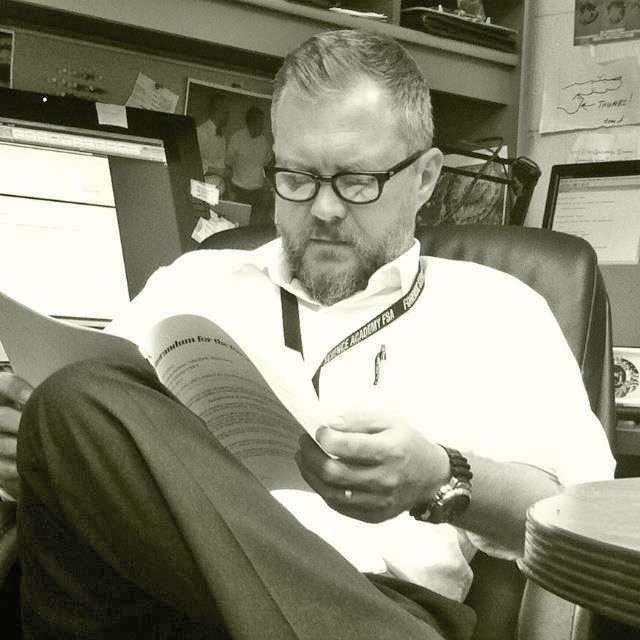-
Alumni & Friends of Archaeology Research Award
The Alumni and Friends of Archaeology Expendable Fund, established to enhance research and learning of undergraduate and graduate students in the archaeology program through the MSU Department of Anthropology, awarded Jeff Painter funds for his dissertation research during the Summer of 2018. This was the second year for the Alumni and Friends of Archaeology Research […]
-
New Research on the Peopling of the Americas
An international research crew, including MSU Department of Anthropology Assistant Professor Kurt Rademaker and five team members, contributed some of the key ancient human remains that documented population dynamics in the Andean region. The results of this research were revealed in a recent article, “Reconstructing the Deep Population History of Central and South America,” published […]
-

Featured Faculty, Dr. Lucero Radonic
Dr. Lucero Radonic, Assistant Professor of Anthropology, joined the department in 2014. Her research centers around the human/environment interaction within urban landscapes. More specifically, the human governance of changing landscapes, the ways nature is transformed for human use and how we make decisions about the distribution of natural resources within dynamic, urban environments. In Arizona, […]
-
Featured Graduate Student, Autumn Painter
Autumn Painter, a graduate student here in the Department of Anthropology, specializing in archaeology was provided the opportunity to travel with Dr. Marcy O’Neil, an anthropology alumna and grant support staff and former instructor in the department, to Benin, West Africa during the summer of 2018. In collaboration with the Department of Anthropology and the […]
-
Message from the Chair: Dr. Jodie O’Gorman
At this time of the semester, when we stop to take stock of what we’ve done over the past year, I’m always inspired and astounded at the breadth and scope of the research done by our graduate students, faculty, and undergraduates in the Department of Anthropology. We have many examples of faculty mentors publishing with […]
-
New Graduate Program Director
The Department of Anthropology is pleased to announce Associate Professor and affiliated faculty member of the American Indian and Indigenous Studies program, Dr. Mindy Morgan is our new Graduate Program Director. Dr. Morgan previously held the position of Associate Chair and enjoyed having input on department policies and practices and when this position arose, it […]
-

Featured Faculty: Dr. Joe Hefner
Dr. Joe Hefner joined the Department of Anthropology in the Fall semester of 2014 as an assistant professor in forensic anthropology. He currently teaches graduate level Human Osteology and Multivariate Statistical Analysis along with undergraduate Introduction to Physical Anthropology, Hominid Fossils and Time, Space and Change. Previously, Dr. Hefner worked as a contract archaeologist throughout […]
-
Featured Graduate Student, Kehli Henry
Kehli Henry, PhD candidate, developed an interest in anthropology early on, deciding to pursue it as her major at Central Michigan University. The nuance of anthropological theory, as well as the attention to cultural factors gave her an appreciation for the complexity within the field. Her previous work with an American Indian tribe allowed her […]
-
News Around the Department
Congratulations to Marcella Omans for her NSF Graduate Research Fellowship she received for her project entitled “La Mesa Barrio Chino, Tijuana, Mexico: China’s Gateway to Latin America.” Her work focuses on providing insight into how newly arrived Chinese immigrants and business people leverage preexisting Chinese networks to gain economic footholds in Latin America; and on […]
-
Message from the Chair: Dr. Jodie O’Gorman
This past spring semester in the Department of Anthropology has been a tumultuous time. We’ve celebrated great achievements and made important plans for our future, and at the same time we have been, and continue to be, stunned and outraged by the Nassar scandal. All across campus and in our department, faculty struggled to cope […]